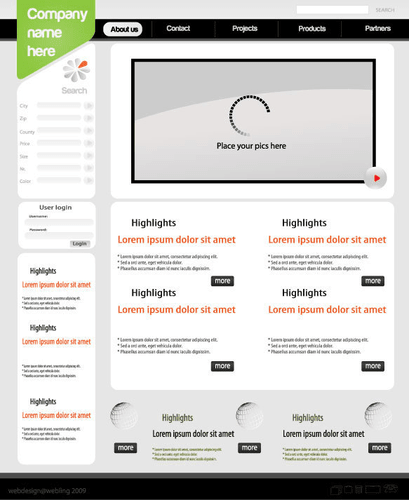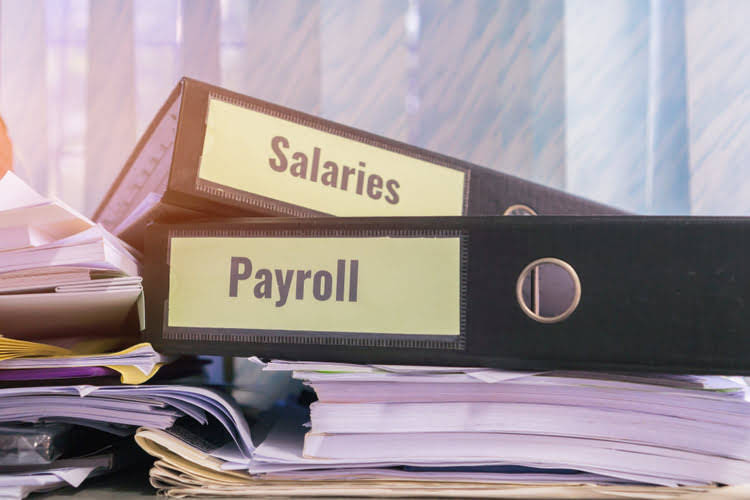Purchase Ledger What Is It, Examples, Format, Advantages

The purchasing journal would also record the transaction by debiting inventory, crediting accounts payable and recording the date, invoice, terms, and vendor. The debit typically goes to inventory, but it can also go to other accounts like supplies. A typical purchases journal has several columns to record the date, vendor account, invoice date, credit terms, accounts payable balance, and other account balances.

Format
- This way the company can view the inventory balances after posting the purchase journal entry (or at any time).
- Generally in the cash receipts journal to debit columns for cash receipts and cash discount and three credit columns for accounts receivable, sales and other accounts are there.
- Purchases on credits are any purchase of products or services that the entity takes the products or users the services now and pays later.
- Merchandise is generally known as the goods that the merchandising company purchases from the suppliers in order to sell them to customers for a margin of profit.
In this article, we will discuss what is a purchase journal, the benefit of using a purchase journal, and the basic steps in writing a purchase journal. Usually, debits have a left alignment in the entry field while credits are indented or aligned with the right side of the line. This is an easy method for quickly identifying which transactions are deposits, and which ones are withdrawals. An invoice is an important document, which is an issue along with goods, and when it reaches the purchaser, the purchaser will match the goods arrived with Purchase Order placed. Select the Fonts link to set the font styles for the heading and body of the report.

How to Enter Transactions in the Purchase Journal?
Businesses usually purchase items on credit so frequently that recording those in general journal will overcrowd it. It is best to maintain a specialized purchases journal for such transactions. Purchases journal and other specialized accounting journals help keep the data organized and easy to search for information needed. Purchases for cash may also be frequent but those are recorded in cash payments journal instead of purchases journal.
Characteristics of a Purchases Journal
The term “outstanding expenses” refers to expenses that are unpaid after their due date. This increases liabilities, indicating an obligation to pay the supplier in the future. The suggested number of years to keep the books in your business premise is at least 10 years.
In each case the purchase transaction entries show the debit and credit account together with a brief narrative. For a fuller explanation of journal entries, view our examples section. The purchase transaction journal entries below act as a quick unearned revenue reference, and set out the most commonly encountered situations when dealing with the double entry posting of purchase transactions.
What Are the 6 Books of Accounts the BIR Requires To Be Registered, Filled Out, and Kept by Taxpayers?

A journal entry records financial transactions that a business engages in throughout the accounting period. These entries are initially used to create ledgers and trial balances. Eventually, they are used to create a full set of financial statements of the company. After the business event is identified and analyzed, it can be recorded.
You debit the expense to recognize an increase in your expenses and credit the accumulated depreciation, a contra-asset account. You only need to register a new set of manual books of accounts when all the pages of your previously registered books have already been used. When following double-entry bookkeeping there needs to be at least 1 debit & 1 credit. The below image purchase journal is helpful to understand the format of a journal entry. It is important to note that book of accounts, including the purchase journal, must be written and kept in the business premise.
- Under the double-entry system, there are mainly 7 different types of journal in accounting.
- Pyle and Larson, for example, have shown credit purchases of assets and supplies, etc., in a separate column in a purchase journal – debiting assets or office supplies and crediting accounts payable.
- Under the periodic inventory system, the company can make the journal entry for merchandise purchased on credit by debiting the purchases account and crediting the accounts payable.
- It contains detailed information on the purchases made by the company, which helps in the analysis of the different aspects.
- This is the most advanced method of recording your accounting entries.
You must record your business transactions in your books of accounts as long as your business is operating. Upon your business’s retirement, you should submit your books of accounts within ten days to the BIR for examination. If your business is a corporation or a partnership, you should also inform the BIR if you are planning for a business dissolution. This is so that you may be cleared of any tax liability (SEC. 235 of the NIRC). Examination and inspection of books of accounts and other accounting records will occur in your office or place of business or the BIR office.
Journal Entry for Merchandise Purchased
The journal also includes the recordation date, the name of the supplier being paid, a source document reference, and the invoice number. Optional additions to this basic set of information are the payment due date and authorizing purchase order number. At the end of the period, we would post the totals of $7,650 credit to cash, the $7,500 debit to https://www.bookstime.com/articles/law-firm-accounts-receivable-management accounts payable, and the $150 credit to merchandise inventory. The DR (debit) Other column would be handled a little differently as you need to look to the account column to find out where these individual amounts should be posted.



